Are you ready to take the first step towards a self-sufficient life? Homesteading for beginners can seem overwhelming, but with the right guidance, you can start your journey to a more independent lifestyle.
This post may contain affiliate links. If you make a purchase or booking through one of our links, we may earn a small commission. As an Amazon Associate, I earn from qualifying purchases. The content on this website was created with the help of AI.
If you’re wondering how to start homesteading, you’re in the right place! We’ll explore the world of homesteading and provide you with a comprehensive guide on how to get started with 5 easy steps to begin homesteading.
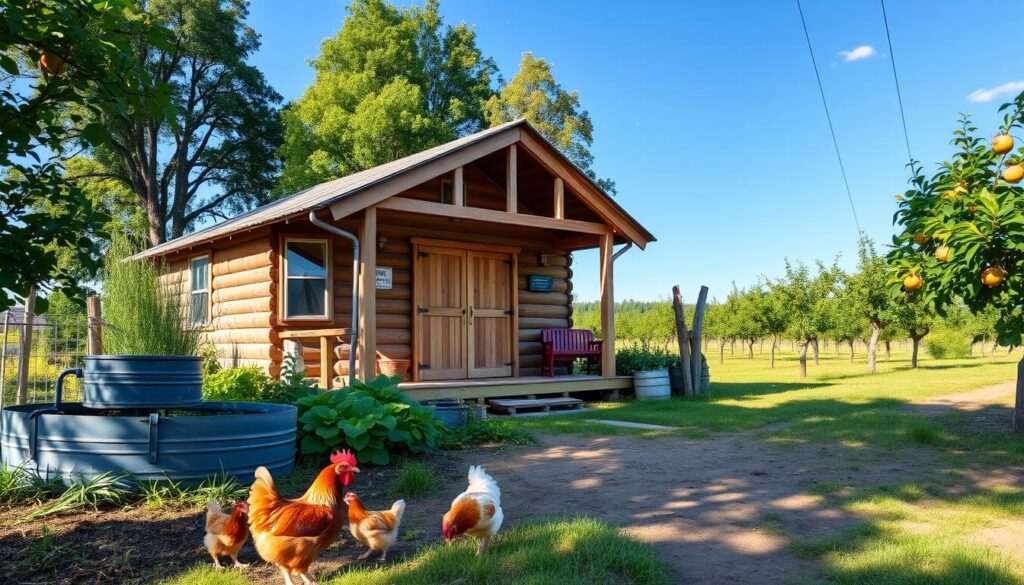
As you consider starting your homesteading journey, you might be thinking – what does it take to live a self-sufficient life? From owning land and buildings for small-scale farming to preserving your own food through canning and pickling, homesteading is a lifestyle that’s all about being more closely connected to your food and the environment. With the rise of urban homesteading, you don’t need to leave the city to start your homesteading journey – you can start with small steps, like gardening or preserving food, and work your way up to more advanced techniques.
Key Takeaways
- You can start homesteading with minimal financial resources, such as $187.
- Gardening can be initiated with as low as $5 by obtaining basic supplies.
- Preserving food through methods like canning, freezing, dehydrating, and cold storage can help save over $2,400 annually.
- Homesteading encourages borrowing tools and equipment instead of always purchasing them to save money.
- Planning ahead in homesteading activities can lead to better time management and cost savings on supplies and resources.
- You can start homesteading in an urban environment, with techniques like urban agriculture and sustainable living.
Understanding Modern Homesteading: A Path to Self-Sufficiency
As you embark on your homesteading journey, it’s essential to understand what modern homesteading entails. At its core, homesteading is about living a self-sufficient lifestyle, where you produce your own food, collect your own water, and generate your own energy. With the right beginner homesteading tips and a comprehensive homesteading guide, you can start your path to self-sufficiency.
What Defines Modern Homesteading
Modern homesteading is not just about living off the grid; it’s about being connected to the natural world and living in harmony with the environment. By incorporating homesteading essentials into your daily life, you can reduce your expenses, increase your food security, and build a sense of community.
Benefits of the Homesteading Lifestyle
The benefits of homesteading are numerous. By following a homesteading guide and using beginner homesteading tips, you can enjoy reduced expenses, increased food security, and a sense of community. Some of the key benefits include:
- Reduced expenses: By producing your own food and energy, you can save money on groceries and utility bills.
- Increased food security: With a steady supply of fresh, homegrown produce, you can ensure that you and your family have access to healthy, nutritious food.
- Sense of community: Homesteading often involves connecting with like-minded individuals and building relationships with local farmers and producers.
Essential Skills for Beginning Homesteaders
When getting started with homesteading, it’s essential to learn basic skills that will help you succeed. Simple homesteading practices such as time management, cooking from scratch, and debt management are crucial for a successful homesteading journey. You’ll need to balance multiple tasks, such as gardening, animal care, and food preservation, so time management is critical.
Learning to cook from scratch is also vital, as it allows you to produce healthy, nutritious food using the ingredients you grow or raise. Debt management is another essential skill, as it will help you reduce your expenses and achieve financial independence. By mastering these skills, you’ll be well on your way to a successful and fulfilling homesteading experience.
Some key skills to focus on when getting started with homesteading include:
- Time management and organization
- Cooking from scratch and food preservation
- Debt management and budgeting
- Gardening and animal care
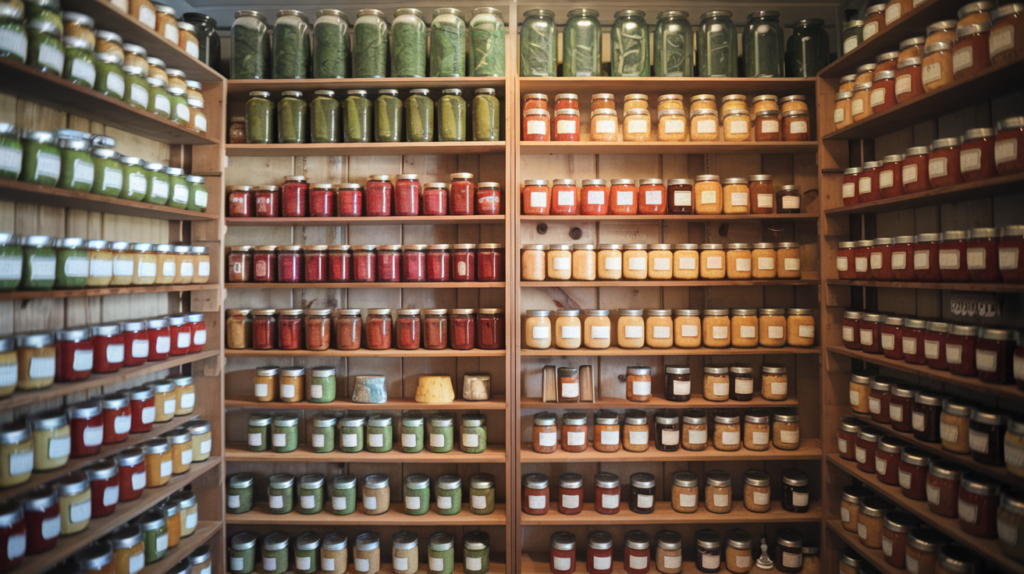
By learning these simple homesteading practices and essential skills, you’ll be able to create a thriving and sustainable homestead that brings you joy and fulfillment. Remember to start small, be patient, and don’t be afraid to ask for help along the way.
| Skill | Importance | Resources |
|---|---|---|
| Time management | High | Online courses, books |
| Cooking from scratch | Medium | Recipe books, YouTube channels |
| Debt management | High | Financial advisors, online resources |
Assessing Your Resources and Available Space
When it comes to starting your homesteading journey, it’s essential to assess your resources and available space. You don’t need to own a large plot of land to start homesteading – you can start small, even in an urban space. As a beginner, it’s crucial to consider your climate and growing zone, as these will affect the types of crops you can grow and the animals you can raise.
Utilizing your homesteading resources effectively is vital to the success of your homestead. This includes evaluating your available space, climate, and budget to determine the best use of your resources. By following beginner homesteading tips, you can create a thriving homestead, even in a small space.
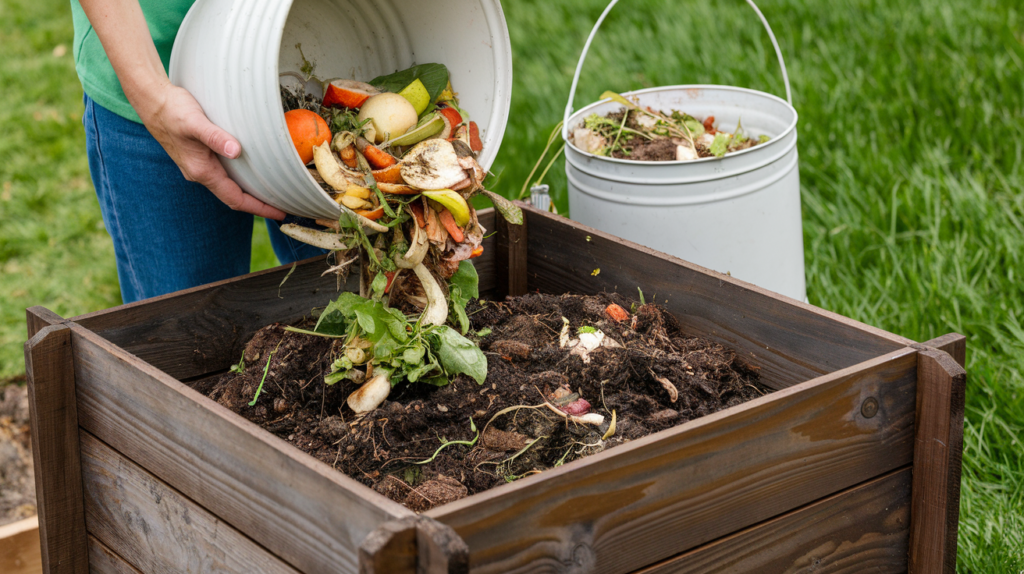
Urban vs. Rural Homesteading Options
When deciding between urban and rural homesteading options, consider the pros and cons of each. Urban homesteading offers the advantage of being close to amenities, while rural homesteading provides more space and a closer connection to nature.
Evaluating Your Climate and Growing Zone
Evaluating your climate and growing zone is crucial to determining the types of crops you can grow and the animals you can raise. By understanding your climate and growing zone, you can make informed decisions about your homesteading resources and create a thriving homestead.
Budget Planning for Your Homestead
Creating a budget plan for your homestead is essential to managing your expenses and achieving financial independence. By considering your homesteading resources, climate, and available space, you can create a budget plan that works for you and helps you achieve your homesteading goals.
5 Easy Steps to Start Homesteading Today
Embarking on a homesteading journey can be both exciting and intimidating. However, with a clear guide, you can take the first steps towards a self-sufficient lifestyle. The key is to start small and be consistent. Here’s how to start homesteading with 5 easy steps.
Step One: Planning Your Layout
Begin by assessing your space and creating a plan for your homestead. Consider the size of your yard, the climate, and the amount of time you can dedicate to homesteading. This will help you determine what you can realistically accomplish.
Step Two: Starting Your Garden
Starting a garden is a great way to begin your homesteading journey. You can start small with a few easy-to-grow plants like tomatoes or herbs. As you gain experience, you can expand your garden and try more challenging plants.
Some benefits of starting a garden include:
- Fresh produce right in your backyard
- Exercise and outdoor activity
- A sense of accomplishment and pride
Step Three: Basic Animal Husbandry
Once you have a garden started, you can consider adding animals to your homestead. This could be as simple as a few chickens for eggs or a beehive for honey. Animal husbandry can provide a source of fresh food and income.
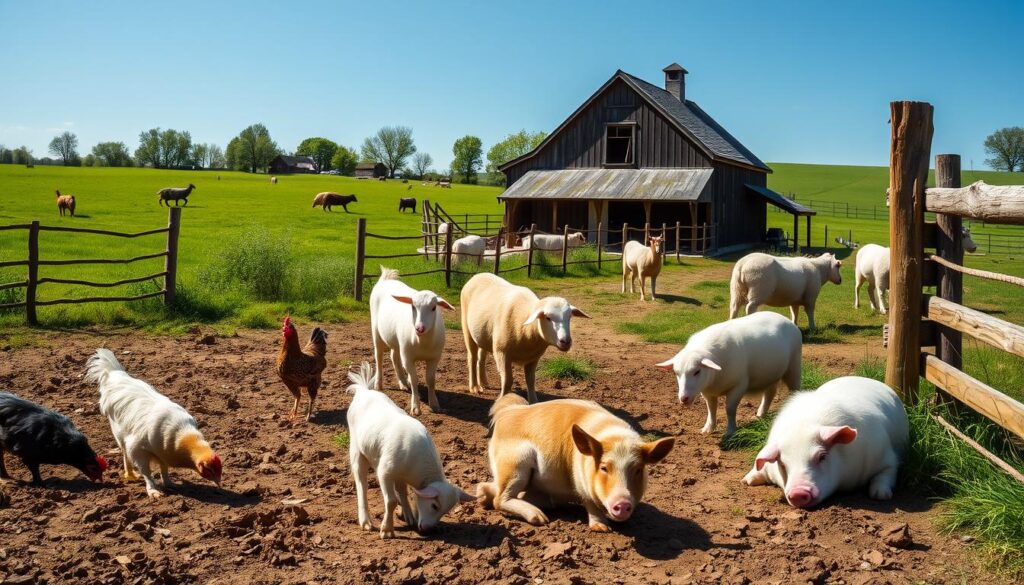
Step Four: Food Preservation Methods
With a garden and animals, you’ll have a steady supply of fresh food. However, to make the most of your homestead, you’ll need to learn how to preserve food for the long-term. This could include canning, freezing, or dehydrating.
Step Five: Creating Sustainable Systems
The final step is to create sustainable systems that will allow your homestead to thrive. This could include setting up a rainwater collection system, installing solar panels, or creating a compost pile. By following these 5 easy steps to start homesteading, you can create a self-sufficient lifestyle that is both rewarding and sustainable.
| Step | Description |
|---|---|
| 1. Planning Your Layout | Assess your space and create a plan |
| 2. Starting Your Garden | Start small with easy-to-grow plants |
| 3. Basic Animal Husbandry | Add animals to your homestead for fresh food and income |
| 4. Food Preservation Methods | Learn how to preserve food for the long-term |
| 5. Creating Sustainable Systems | Set up systems for rainwater collection, solar power, and composting |
Setting Up Your First Garden Plot
Starting your first garden is an exciting step in your homesteading journey! You’re about to embark on a journey of simple homesteading practices that will bring you closer to self-sufficiency. To get started, you’ll need to select a location that gets plenty of sunlight and has good drainage. Consider the proximity to a water source to make watering your plants a breeze.
When choosing the right crops, think about what you like to eat and what grows well in your climate. You can start with a few easy-to-grow plants like cherry tomatoes, summer squash, or herbs like basil. Don’t forget to consider homesteading essentials like raised beds or container gardening to make the most of your space.
Here are some tips to keep in mind when setting up your first garden plot:
- Start small, with one or two raised beds or a few large pots.
- Choose a sunny location, but consider partial shade for shade-tolerant plants.
- Prepare your soil with organic matter like compost or manure.
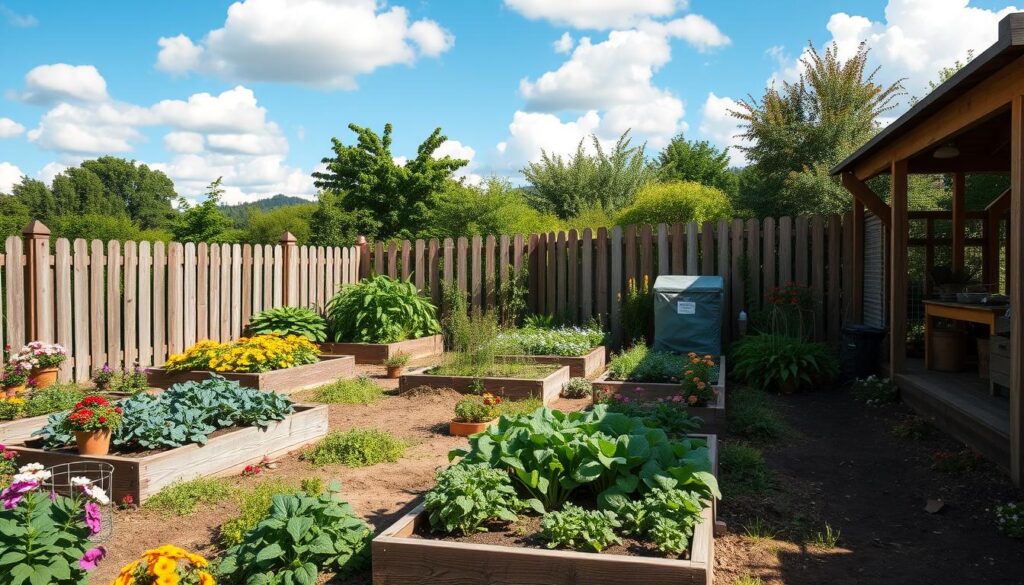
Remember, the key to successful gardening is to start small and be patient. With a little practice and patience, you’ll be enjoying fresh, homegrown produce in no time. Happy gardening!
| Garden Size | Recommended Crops |
|---|---|
| Small (1-2 raised beds) | Cherry tomatoes, summer squash, herbs |
| Medium (4-6 raised beds) | Leafy greens, carrots, radishes |
| Large (8-10 raised beds) | Broccoli, cauliflower, Brussels sprouts |
Basic Tools and Equipment Needed
As you start your homesteading journey, it’s essential to have the right tools and equipment to succeed. With the right homesteading resources, you’ll be able to tackle various tasks efficiently. For gardening, you’ll need essential tools like a shovel, rake, and hoe. For food preservation, equipment like a canner, dehydrator, or freezer is necessary.
When it comes to beginner homesteading tips, having multiple sets of common tools like screwdrivers, wrenches, pliers, scissors, and utility knives can be helpful. You can find these tools at thrift stores, yard sales, or estate sales at affordable prices. Old tools are often of better quality and less expensive than new ones.
Some essential tools and equipment for homesteading include:
- Lehman’s 20qt stainless steel canner for $49.99
- Marble rolling pin at Lehman’s for $21.99
- Stainless steel baking sheet pan at Lehman’s for $22.97
- Yogurt starter pack at Lehman’s for $18.99
Remember, creativity and time can turn discarded items into useful tools for your homestead. With the right tools and equipment, you’ll be well on your way to a successful homesteading experience.
| Tool | Price |
|---|---|
| Lehman’s 20qt stainless steel canner | $49.99 |
| Marble rolling pin | $21.99 |
| Stainless steel baking sheet pan | $22.97 |
Developing Sustainable Water Systems
As you embark on your homesteading journey, it’s essential to develop sustainable water systems. Simple homesteading practices, such as collecting rainwater, can significantly reduce your water expenses and help you achieve water independence. You can use rainwater for irrigation, drinking, and other household purposes.
Another way to develop a sustainable water system is to use greywater, which is wastewater generated from sinks, showers, and washing machines. Greywater can be used for irrigation and flushing toilets, reducing your reliance on external water sources. By implementing these simple homesteading practices, you can create a more self-sufficient homestead.
Some homesteading essentials to consider when developing your water system include:
- Rainwater collection systems, which are simple to implement and generally clean
- Greywater systems, which can be used for irrigation and flushing toilets
- Well water, which can be accessed from depths ranging from 20 to 300 feet below the surface
By incorporating these homesteading essentials into your water system, you can reduce your environmental impact and create a more sustainable homestead. Remember to always follow local regulations and guidelines when developing your water system, and consider consulting with experts if you’re unsure about any aspect of the process.
| Water Source | Cost | Sustainability |
|---|---|---|
| Rainwater Collection | Low | High |
| Greywater Systems | Medium | Medium |
| Well Water | High | Low |
Building Your Homestead Support Network
As you embark on your homesteading journey, it’s essential to build a support network that can provide you with valuable advice, resources, and encouragement. You can start by finding local homesteading communities, which can be a great source of homesteading resources and guidance. These communities can help you connect with other homesteaders, learn from their experiences, and gain access to a wealth of information.
In addition to local communities, you can also find beginner homesteading tips and resources online. There are many online forums and groups dedicated to homesteading, where you can ask questions, share your experiences, and learn from others. You can also find mentorship opportunities, which can provide you with one-on-one guidance and support as you navigate your homesteading journey.
Some ways to build your homestead support network include:
- Attending local homesteading events and workshops
- Joining online forums and groups
- Connecting with other homesteaders in your area
- Seeking out mentorship opportunities
By building a strong support network, you can overcome challenges, stay motivated, and achieve your homesteading goals. Remember, homesteading is a journey, and it’s essential to enjoy the process and have fun along the way!
Legal Considerations and Zoning Requirements
As you embark on your homesteading journey, it’s essential to consider the legal aspects of your venture. Homesteading essentials include understanding zoning requirements, obtaining necessary permits, and following local regulations. You’ll need to check for zoning and setback laws to correctly place structures and keep animals on your property.
Some key considerations for beginner homesteading tips include:
- Setback laws, which determine the minimum distance a building can be built from a property line
- Farm exemption permits, which can help qualify for tax exemptions on farm supplies, equipment, and fuel
- Equine insurance, which is recommended for horse owners to cover vet bills and accidental injuries
Additionally, sole proprietors selling goods need to ensure liability protection through insurance, and getting an EIN number is necessary for selling goods or services for profit. Turning a hobby farm into a business may entail forming an LLC for added liability protection.
By being aware of these legal considerations and zoning requirements, you can avoid potential issues and ensure that your homesteading journey is successful. Remember to always check with your local authorities for specific regulations and requirements in your area.
| Legal Consideration | Description |
|---|---|
| Setback Laws | Determine the minimum distance a building can be built from a property line |
| Farm Exemption Permits | Help qualify for tax exemptions on farm supplies, equipment, and fuel |
| Equine Insurance | Covers vet bills and accidental injuries for horse owners |
Common First-Year Challenges and Solutions
As a beginner homesteader, you’ll likely face several challenges – but don’t worry, we’ve got you covered! With the right homesteading resources and beginner homesteading tips, you can overcome these obstacles and thrive. One of the most common challenges is weather-related issues, such as droughts or floods, which can affect your crops and animals.
Another challenge is time management struggles, which can make it difficult to balance multiple tasks, such as gardening, animal care, and food preservation. To overcome this, try creating a schedule and prioritizing your tasks. You can also use homesteading resources like online calendars or apps to stay organized.
Resource allocation problems can also be a challenge, making it hard to manage your finances and allocate resources effectively. To overcome this, try creating a budget and tracking your expenses. You can also use beginner homesteading tips like starting small and gradually expanding your homestead to avoid overwhelming yourself.
- Weather-related issues: use homesteading resources like greenhouses or irrigation systems to protect your crops
- Time management struggles: prioritize your tasks and use beginner homesteading tips like scheduling and organization
- Resource allocation problems: create a budget and track your expenses to ensure you’re using your resources effectively
| Challenge | Solution |
|---|---|
| Weather-related issues | Use greenhouses or irrigation systems |
| Time management struggles | Prioritize tasks and use scheduling and organization |
| Resource allocation problems | Create a budget and track expenses |
Conclusion: Your Journey to Self-Sufficient Living
As you’ve learned through this guide, homesteading is a transformative journey that can lead you towards a more self-sufficient and sustainable lifestyle. By following the 5 easy steps outlined in this article, you can begin your path to growing your own food, raising livestock, and reducing your reliance on external resources.
Remember, the key to successful homesteading is to start small and be patient with yourself. Don’t be discouraged by setbacks or challenges – they are a natural part of the process. With dedication and a willingness to learn, you can overcome obstacles and make steady progress towards your goal of self-sufficient living.
Take inspiration from the real-life examples shared throughout this article, such as the family who managed to supply 80-90% of their own food on a 5-acre homestead. By focusing on maximizing your resources, preserving your harvest, and developing sustainable systems, you too can reduce your monthly food expenses and enjoy the bounty of your own homegrown produce.
Remember, your homesteading journey is unique to you. Embrace the process, connect with like-minded communities, and celebrate your successes, no matter how small. With the right mindset and a commitment to continuous learning, you can transform your life and live more in harmony with the land. Wishing you all the best on your path to 5 Easy Steps to Start Homesteading and a homesteading for beginners lifestyle!
FAQ
What is modern homesteading?
Modern homesteading is a lifestyle that involves living a self-sufficient life, where you produce your own food, collect your own water, and generate your own energy. It’s about being connected to the natural world and living in harmony with the environment.
What are the benefits of the homesteading lifestyle?
The benefits of homesteading include reduced expenses, increased food security, and a sense of community. It also allows you to live a more sustainable and environmentally-friendly life.
Do I need to live in a rural area to start homesteading?
No, you can start homesteading anywhere, even in a small urban space. The key is to assess your resources and available space and create a plan that works for your specific situation.
What are the essential skills I need to learn as a beginning homesteader?
The essential skills for beginning homesteaders include time management, cooking from scratch, and debt management. These skills will help you balance multiple tasks, produce healthy food, and achieve financial independence.
How do I start planning my homestead layout?
To plan your homestead layout, you’ll need to assess your space and create a plan for your garden, animal husbandry, and other homesteading activities. Consider factors like sunlight, drainage, and growing zones to ensure your homestead is set up for success.
What tools and equipment do I need for homesteading?
The essential tools and equipment for homesteading include gardening tools, food preservation equipment, and basic construction tools. Having the right tools and equipment will make your homesteading journey easier and more efficient.
How do I develop a sustainable water system for my homestead?
You can develop a sustainable water system by collecting rainwater and using greywater (wastewater from sinks, showers, and washing machines) for irrigation and other household purposes. This can help you reduce your water expenses and achieve water independence.
How do I build a homestead support network?
You can build a homestead support network by finding local homesteading communities, joining online forums and resources, and finding a mentor who can provide guidance and support as you navigate your homesteading journey.
What legal considerations and zoning requirements do I need to be aware of as a homesteader?
As a homesteader, you’ll need to be aware of local legal considerations and zoning requirements, such as obtaining necessary permits, following building codes, and being aware of any restrictions on activities like gardening or animal husbandry.
What are some common challenges I might face as a beginning homesteader?
Some common challenges for beginning homesteaders include weather-related issues, time management struggles, and resource allocation problems. By being aware of these challenges and having a plan in place, you can overcome them and ensure your homesteading journey is successful.

